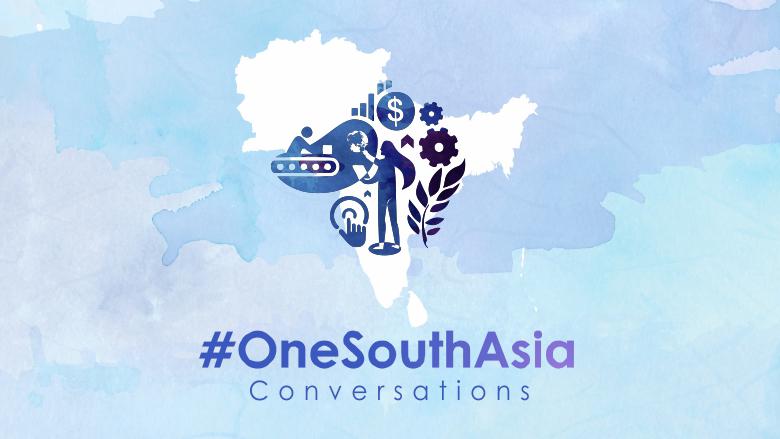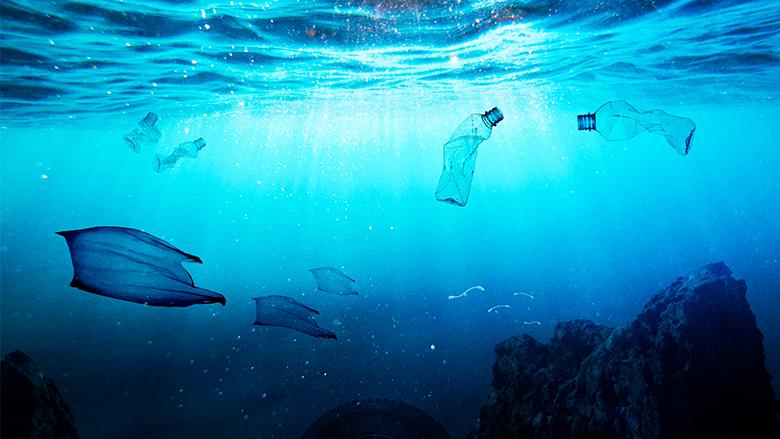South Asia has more than a quarter of the world’s off-the-grid population — roughly 255 million people (2016). The economic costs of power distortions is estimated at 4-7 % of the region’s GDP. Even as South Asia is improving access to electricity, demand for power is expected to double in this decade.
With a growing energy demand and increasing emphasis on sustainable energy, enhanced regional cooperation is critical to boost energy security and overall climate-resilience in South Asia. Cross-border cooperation and interconnected power grids can lower energy costs, improve reliability, and reduce carbon emissions at lower-cost, while increasing the share of and synergies among clean energy resources, particularly hydro, wind and solar.
The World Bank’s South Asia Regional Electricity Markets’ (SAREM) Program is progressively strengthening inter-country transmission connectivity, supporting energy markets, and better aligning legislative and regulatory frameworks to enable greater electricity trade across South Asia. Since 2015, with the WB support, countries have substantially increased cross-border power transmission — from 2.1 gigawatts (GW) to 6.4 GW — mainly driven by projects connecting India with Nepal, Bhutan, and Bangladesh. The Bank is supporting infrastructure development for electricity transmission and trade between Central Asia- South Asia, to better utilize hydro and thermal generation in the region.
The South Asia Roadmap for the World Bank’s Climate Change Action Plan (2021-25) emphasizes regional cooperation to decarbonize energy production, and regional markets to optimize power resources and scale the role of renewable energy in cleaner energy trade. These efforts dovetail with the recent Green Grids Initiative-One Sun One World One Grid launched on the sidelines of the COP26, to connect energy grids across borders and facilitate a faster transition to renewable energy use.
Our 9th #OneSouthAsia Conversation on Regional Power Trade: Toward a Green, Clean, and Energy-Secure South Asia will bring together leading voices from the region to explore collaborative pathways for developing sustainable, accessible, and reliable power systems in the region and the challenges it incurs.












